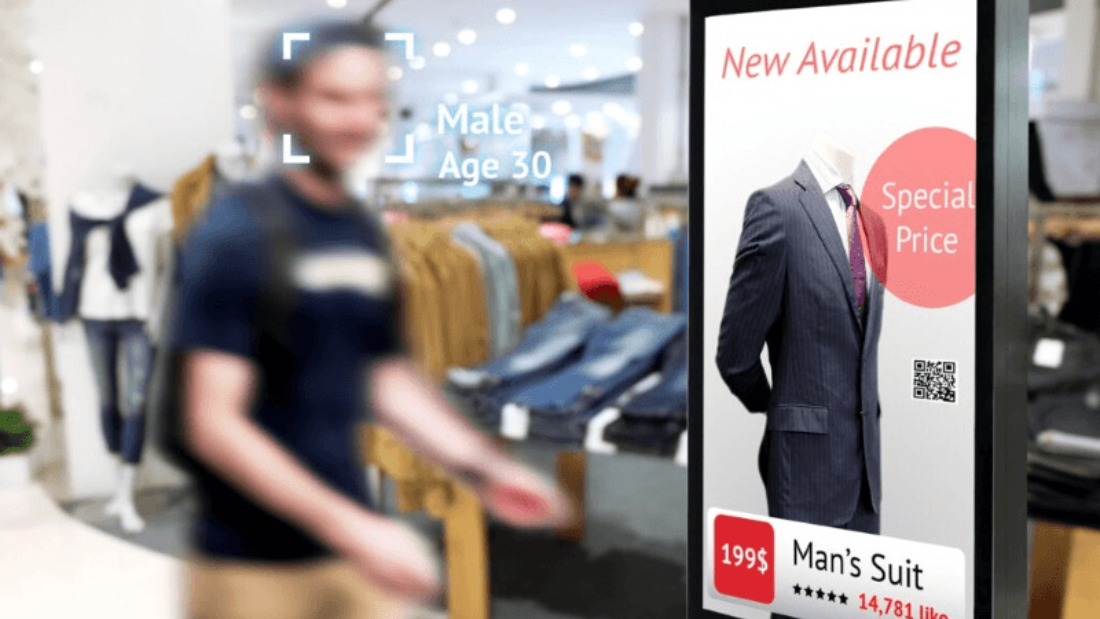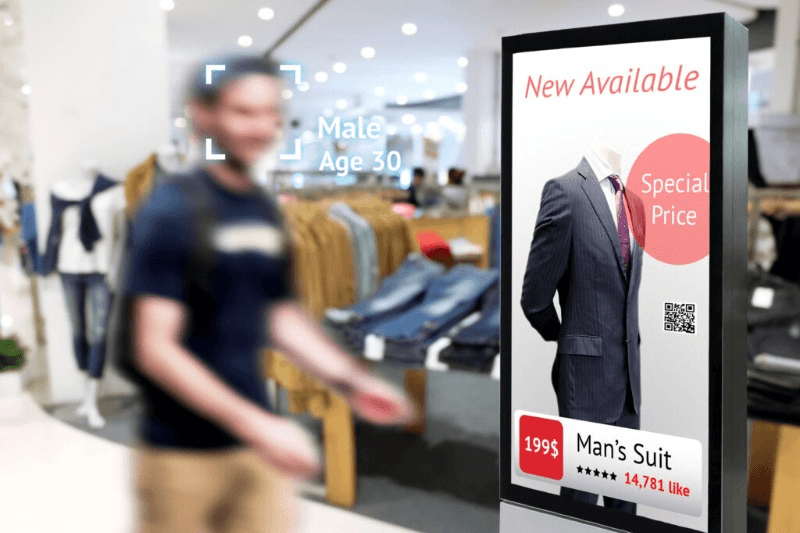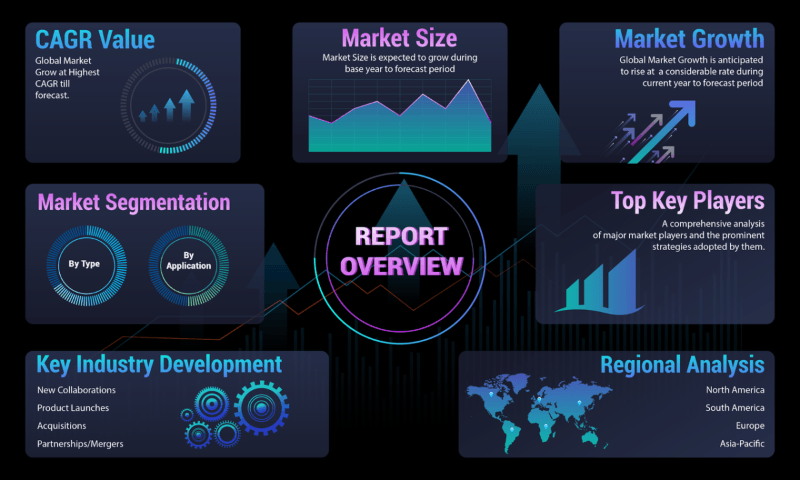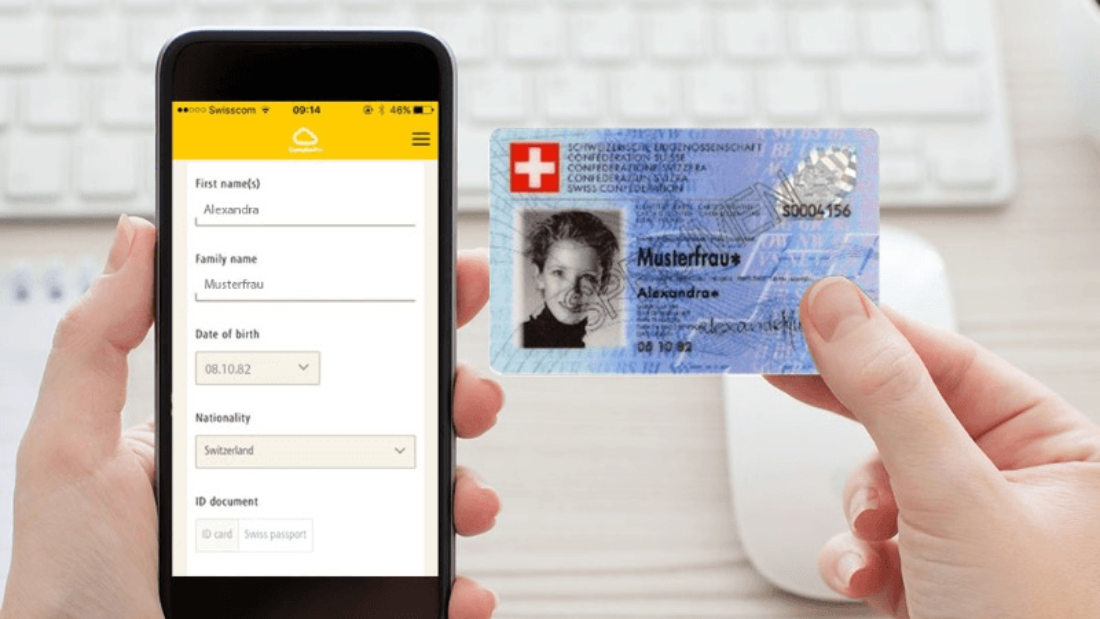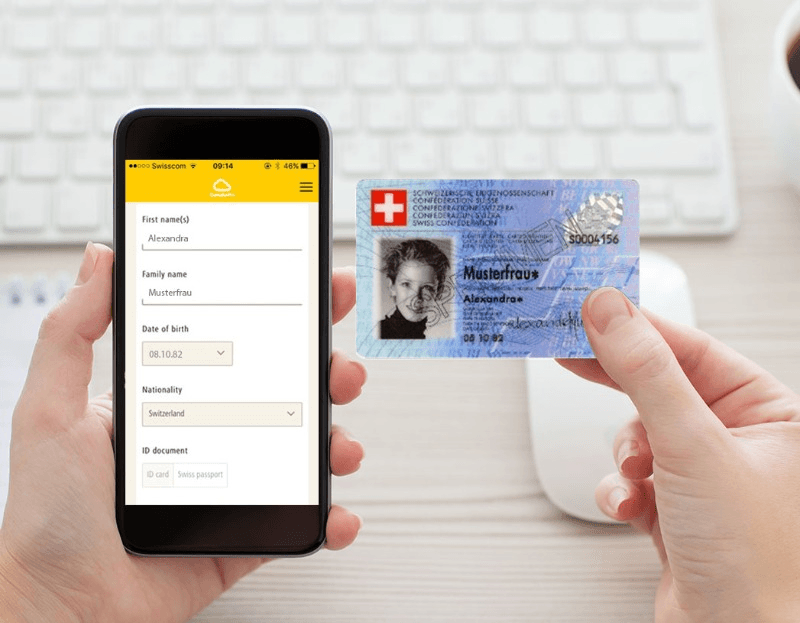What is the importance of customer onboarding in a business?
How can businesses enhance the effectiveness of their customer onboarding process?
What are some common pitfalls to avoid during customer onboarding?
Why is measuring onboarding effectiveness important for businesses?
What role does an onboarding specialist play in shaping the customer journey?

Did you know that 20-30% of new customers churn within the first 100 days despite efforts to improve the onboarding program? It is crucial for businesses to have a well-defined onboarding strategy and effective data onboarding to reduce customer churn. Customer onboarding is a critical phase in shaping their journey with your business on the learning platform. It involves a walkthrough of the product to ensure their successful adoption and minimize churn. Understanding what customer onboarding entails is crucial for any business. It is important to grasp the significance of customer onboarding and its key objectives in order to effectively implement a learning platform for your company’s product. Effective onboarding is crucial for any business or company, as it directly impacts customer retention and loyalty. It sets the foundation for long-term success of the product and is a key component in the start of any venture. By investing in a seamless onboarding process, saas companies can create a positive experience for new customers, leading to improved engagement and satisfaction with the product. This can contribute to the overall success of the saas company. This blog will delve into the intricacies of customer onboarding for SaaS companies, exploring its definition, importance in driving business growth, and its pivotal role in nurturing lasting customer relationships. The onboarding process is crucial for ensuring that customers understand how to use the product effectively and can fully benefit from the company’s email services.
Crafting the Onboarding Journey
Onboarding Best Practices
When designing a customer onboarding journey for a start-up business, it’s crucial for the company to prioritize personalization of their product. Tailoring the onboarding experience to each customer’s specific needs and preferences can significantly enhance their initial interaction with your product or service. By implementing an effective onboarding strategy and program, you can create a seamless onboarding journey map for your customers. By understanding your customers’ unique requirements, you can create a more engaging and relevant onboarding process for your product or business. This will help your company sign up new customers more effectively.
Utilizing data is another essential aspect of crafting an effective onboarding journey for customer engagement. By leveraging a customer learning platform, you can gather valuable insights to enhance the customer experience. Additionally, having a dedicated customer success team ensures that customers receive the support they need throughout their journey. Leveraging customer data in the onboarding journey map allows you to gain insights into their behaviors, pain points, and preferences. This data can inform your onboarding efforts and help you create an effective onboarding playbook for your product. This information enables the customer success team to personalize the onboarding experience further on the customer learning platform, making it more targeted and impactful for each individual user’s engagement with the product.
Incorporating customer engagement feedback mechanisms into the onboarding process is vital for continuous improvement and enhancing the customer experience. Utilizing a customer learning platform can further support customer success. Gathering feedback from customers helps identify areas that need enhancement or modification in the product sign-up process to ensure a smooth onboarding experience. Getting customer feedback at various stages is crucial for improving the product and ensuring customer satisfaction. This iterative approach ensures that the customer engagement and customer learning platform’s onboarding journey evolves based on real-time input from users, leading to a more refined and effective process over time for customer success with the product.
Creating the Journey Map
Key Elements: The onboarding journey map comprises several essential elements that contribute to the success of the product. These include informative resources, interactive tutorials, clear milestone markers, and proactive support channels tailored specifically for the customer onboarding process. The customer onboarding program also includes an onboarding journey map to guide new users. Additionally, data onboarding is facilitated through these resources and channels.
Balancing education and engagement in the onboarding process is critical for ensuring customer success. Maintaining user interest while imparting necessary knowledge about your product or service is essential for achieving customer success. An ideal approach to the customer onboarding process involves providing valuable information about the product in an engaging manner through interactive modules or gamified learning experiences. This helps create a seamless onboarding journey map and enhances customer success.
Customizing the onboarding experience based on individual customer needs is paramount for ensuring relevance and effectiveness throughout the entire product process. By offering personalized pathways tailored to different user segments or personas, you can comprehensively address diverse requirements in the customer onboarding process for your product.
Identifying Touchpoints: Recognizing key touchpoints across the entire customer journey enables businesses to strategically intervene at crucial moments during a user’s interaction with their product or service.
Aligning these touchpoints with specific product goals and outcomes ensures that each product interaction contributes meaningfully towards achieving desired product results within the overall product onboarding journey.
Consistency across all touchpoints is fundamental in delivering a cohesive product experience throughout every stage of customer engagement.
The Onboarding Process Explained
Product Walkthroughs
The onboarding process involves providing product walkthroughs to familiarize new customers with the features and functionalities of a service or product. By offering these walkthroughs, companies can ensure that customers understand how to leverage the full potential of the product they have invested in during the customer onboarding process. It’s crucial to create engaging and informative walkthroughs that effectively communicate the value proposition of the product during the customer onboarding process. For instance, interactive product tools such as guided tours or product video demonstrations can significantly enhance the product onboarding experience by making it more interactive and easy to comprehend.
Product Walkthrough Benefits:
Ensures customers understand all features
Enhances user engagement
Strategies for Creating Engaging Walkthroughs:
Use simple language and visuals
Highlight key functionalities step by step
Knowledge Base Access
Another essential aspect of customer onboarding is providing access to a product knowledge base. This self-service product resource allows users to find answers independently, reducing their reliance on customer support for basic product queries. The customer onboarding process knowledge base should be comprehensive, covering various aspects of using the product or service. The customer onboarding process should be user-friendly, with clear navigation and search functionality so that users can quickly locate relevant product information.
Ownership and Goals
Defining Responsibilities
Defining roles and responsibilities is crucial. The customer onboarding process ensures that each team member knows their tasks related to the product, reducing confusion and potential errors. For instance, the sales team might be responsible for gathering initial information from the customer about the product, while the implementation or support team takes over to set up the new account.
Collaboration among different teams is essential to ensure a smooth transition during handoffs in the onboarding process. This collaboration helps streamline the transfer of knowledge and information about the product, ensuring a seamless experience for all involved. This collaboration helps in creating a seamless experience for customers as they move through each stage of onboarding with the product. By working together, teams can address any potential product issues swiftly and provide comprehensive product support.
Establishing accountability at each stage of the onboarding process is vital for ensuring that nothing falls through the cracks. When specific individuals are accountable for certain aspects of onboarding, it reduces ambiguity and ensures that every task is completed efficiently.
Setting Clear Objectives
Setting clear goals and objectives during customer onboarding plays a significant role in guiding customers through their initial experiences with a product or service. These goals should align with what customers hope to achieve by using the product or service. For example, if a company’s software aims to streamline project management processes, one objective could be teaching users how to create and manage projects effectively within a week of signing up.
Aligning objectives with customer needs and expectations enhances their overall experience during onboarding. By understanding what matters most to them, companies can tailor their objectives accordingly, making sure they address key pain points or desired outcomes.
Tracking progress towards these objectives allows companies to measure success throughout customer onboardings . This tracking may involve monitoring how quickly customers adopt key features or analyzing feedback received during various stages of onboarding.
Strategies for Onboarding Success
Leveraging Technology
In the customer onboarding journey, leveraging technology is crucial for a seamless and efficient process. By utilizing customer onboarding software, companies can automate and streamline the entire onboarding process. This not only enhances scalability but also ensures that each new customer receives a consistent experience. Integrating Customer Relationship Management (CRM) systems with onboarding tools further enhances efficiency, allowing for a unified view of customer data and interactions.
Implementing customer onboarding software allows businesses to standardize their processes, ensuring that no essential steps are missed during the onboarding journey. For example, automated welcome emails can be triggered as soon as a new customer signs up, providing them with essential information and resources to kickstart their journey effectively.
Automating Communications
Crafting impactful welcome emails is an integral part of an effective onboarding strategy. These emails set the tone for the rest of the customer’s journey by making them feel valued and informed from day one. Personalizing these welcome emails based on individual preferences or previous interactions adds a personalized touch that resonates with customers.
Furthermore, scheduling regular check-ins throughout the onboarding process is vital for monitoring customer progress and satisfaction levels. These scheduled check-ins provide opportunities to address any concerns or challenges faced by customers early in their journey, fostering trust and loyalty.
By automating communications such as welcome emails and scheduled check-ins, businesses ensure that every new customer receives consistent attention without overwhelming their internal teams with manual tasks.
Regularly checking in with customers during their onboarding experience not only helps in ensuring they are progressing smoothly but also presents opportunities for upselling or cross-selling additional products or services relevant to their needs at that stage.
Enhancing Customer Experience
Providing Support Resources
Providing comprehensive support resources is crucial. This includes creating user guides, tutorials, and FAQs to address common questions that customers may have during the onboarding process. By offering access to live chat or dedicated support channels, companies can ensure that customers feel supported and valued as they familiarize themselves with the product or service.
For example, a software company could develop a series of video tutorials guiding new users through the various features and functionalities of their platform. These resources not only help customers navigate the onboarding process more smoothly but also contribute to a positive overall experience.
Organizing these resources in an easily accessible format ensures that customers can find answers quickly and continue with their onboarding journey without unnecessary delays or frustrations.
Rewarding Engagement
Another effective strategy for enhancing customer engagement during the onboarding journey is by incorporating milestones and rewards. By recognizing customer achievements and progress towards goals, businesses can motivate new users to remain engaged throughout the process.
For instance, online learning platforms often use badges or certificates to acknowledge learners’ completion of specific modules or courses. This recognition serves as both an incentive for continued participation and a tangible acknowledgment of progress made within the platform.
Moreover, designing incentives that align with customer preferences – such as discounts on future purchases or exclusive access to additional features – can further bolster customer motivation while fostering a sense of accomplishment.
Measuring Onboarding Effectiveness
Success Metrics
To measure the effectiveness of the customer onboarding journey, it’s crucial to identify key success metrics. These may include time-to-value, which measures how long it takes for a customer to derive value from your product or service. Another important metric is adoption rate, indicating how quickly and extensively customers are using your offerings. customer satisfaction plays a significant role in gauging the success of the onboarding process.
Tracking these metrics provides valuable insights into the overall effectiveness of the onboarding journey. For instance, if customers take an extended period to realize value from your product, it could indicate issues with initial engagement or complexity in understanding its benefits. Similarly, a low adoption rate might signal challenges in guiding users through their first interactions with your offering.
Using data-driven insights derived from these metrics enables businesses to optimize their onboarding experience continuously. By analyzing patterns and trends related to time-to-value, adoption rates, and customer satisfaction scores, organizations can pinpoint areas that require improvement within the onboarding process.
Key Metrics:
Time-to-value
Adoption rate
Customer satisfaction
Continuous Improvement
Emphasizing continuous improvement within onboarding strategies is essential for delivering exceptional experiences to new customers. Collecting feedback directly from customers provides invaluable information about pain points or areas where enhancements are needed during their initial interactions with a product or service.
By iterating and refining the onboarding process based on insights gained through customer feedback and data analysis, businesses can ensure that they address any bottlenecks hindering successful user transitions onto their platform.
For example: If feedback consistently highlights confusion surrounding specific features during initial use, this insight can prompt adjustments such as clearer instructional materials or more intuitive design elements aimed at reducing friction for new users.
Continuous improvement not only enhances early-stage user experiences but also contributes significantly to reducing churn rates by addressing potential barriers that may lead new customers astray before they fully embrace what you offer.
Avoiding Onboarding Pitfalls
Common Mistakes
During the customer onboarding journey, it’s crucial to steer clear of common pitfalls that can hinder the process. One frequent mistake is overwhelming customers with too much information at once. When bombarded with excessive details, new customers may feel confused and disengaged. To avoid this, businesses should prioritize essential information and deliver it gradually.
Another misstep is the lack of personalization in the onboarding experience. Failing to tailor the process to each customer’s specific needs and preferences can lead to a generic, impersonal interaction. For instance, instead of sending a generic welcome email, companies could personalize it by addressing individual customers by name or suggesting relevant products based on their previous purchases.
Learning from these mistakes is pivotal for enhancing the overall onboarding experience. By gathering feedback from customers about their onboarding journey, businesses can identify pain points and areas for improvement. This valuable insight enables them to make necessary adjustments and refine their approach.
Pros:
Improved customer satisfaction
Enhanced engagement
Cons:
Potential initial resource investment
Adapting to Change
Recognizing the need to adapt onboarding strategies to evolving customer needs is vital for long-term success. As consumer preferences shift over time, businesses must embrace flexibility and agility in their onboarding process. This means being open to adjusting methods, communication channels, or even product offerings based on changing trends.
Embracing flexibility also involves anticipating potential challenges or roadblocks that may arise during the customer onboarding journey. For example, if a new software update complicates certain aspects of the onboarding process for users, proactive measures should be taken to address this issue promptly.
Role of the Onboarding Specialist
Specialist Responsibilities
The onboarding specialist plays a crucial role in ensuring a smooth and effective customer onboarding journey. These specialists, such as trainers or consultants, bring their expertise to provide personalized guidance and support to new customers. By collaborating with these specialists, businesses can ensure that each customer receives tailored assistance throughout the onboarding process. For example, when a new user encounters challenges during software implementation, an onboarding specialist can step in to offer targeted solutions and address specific needs.
Utilizing their experience and knowledge, onboarding specialists are able to identify individual customer requirements and adapt the onboarding process accordingly. This personalized approach helps build trust and confidence in the product or service being onboarded. Customers feel valued when they receive dedicated attention from an expert who understands their unique circumstances.
Utilizing Learning Systems
Incorporating learning management systems (LMS) or e-learning platforms into the onboarding process is another key responsibility of onboarding specialists. These systems enable businesses to create interactive training modules for effective knowledge transfer during customer onboarding. By utilizing LMS tools, companies can deliver engaging content that facilitates learning by doing rather than just passive consumption.
Furthermore, tracking and assessing customer progress through these learning systems allows onboarding specialists to gauge how well customers are adapting to the new product or service. For instance, if a software company uses an LMS platform for its onboarding process, it can monitor how quickly users complete training modules and identify any areas where they may be struggling. This data-driven approach enables proactive intervention by specialists, ensuring that customers receive timely support whenever necessary.
Conclusion
You’ve now gained a comprehensive understanding of the intricacies involved in crafting an effective customer onboarding journey. By focusing on ownership, setting clear goals, implementing tailored strategies, and measuring effectiveness, you can elevate the onboarding process to new heights. Avoiding common pitfalls and recognizing the pivotal role of the onboarding specialist are crucial for seamless onboarding experiences.
Now, armed with these insights, it’s time to apply them to your own customer onboarding journey. Take proactive steps to enhance the experience, measure the impact of your efforts, and continuously refine the process. Remember, a well-crafted onboarding journey is like a smooth road trip – it sets the right tone for the entire customer relationship and ensures a pleasant ride for both you and your customers.
Frequently Asked Questions
What is the importance of customer onboarding in a business? Customer onboarding is crucial for businesses as it helps to create a positive user experience for ideal customers. It provides numerous benefits such as streamlining the sales process and ensuring that customers have a smooth transition into using a product or service.
Customer onboarding is crucial as it sets the tone for the entire relationship with a new customer. It’s like a warm welcome at the entrance of a store – it shapes their initial experience and influences their perception of your brand.
How can businesses enhance the effectiveness of their customer onboarding process and provide an exceptional user experience for their ideal customers? One way is by incorporating a product tour into their learning platform.
Businesses can enhance onboarding effectiveness by personalizing interactions, providing clear guidance, and actively seeking feedback. It’s about creating an experience that feels tailored to each individual, like having a personalized tour guide in an unfamiliar city.
What are some common pitfalls to avoid during the user experience of customer onboarding? In this walkthrough, we will explore the sales process and highlight best practices to ensure a smooth onboarding experience.
Common pitfalls include overwhelming customers with information, neglecting ongoing support after initial setup, and assuming one-size-fits-all solutions. Avoiding these pitfalls is akin to ensuring smooth navigation through potential roadblocks in order to reach your destination efficiently.
Why is measuring onboarding effectiveness important for businesses?
Measuring effectiveness provides insights into what works and what doesn’t. It’s like using GPS navigation – you need to know if you’re heading in the right direction or if there are detours ahead. This data helps refine strategies and ensures continual improvement.
What role does an onboarding specialist play in shaping the customer journey on a learning platform? In this walkthrough tutorial, we will outline the steps an onboarding specialist takes to guide customers through the platform and ensure a seamless learning experience.
An onboarding specialist acts as a trusted guide, helping customers navigate through unfamiliar territory smoothly. They provide expertise, support, and assurance – much like having an experienced hiking guide leading you through challenging terrain.



